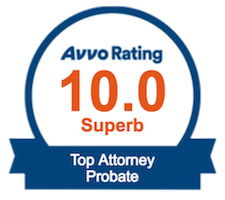Debunking Common Retirement Plan Misconceptions
Challenge Your Understanding of Retirement Fund Withdrawals
At Goldberg & Goldberg, we find that our clients often have misconceptions when it comes to the ins and outs of withdrawing funds from retirement plans. Let’s shine a light on some of the most prevalent myths and provide the facts you need for a clearer financial future.
- Access Before Retirement Age: Contrary to popular belief, it’s not always necessary to wait until retirement to draw from your 401(k). While early withdrawals before age 59 ½ typically incur penalties and taxes, exceptions do exist, including for certain medical expenses. Some plans also permit loans from your 401(k) that are penalty-free. Be sure to review your plan’s details for specifics about early distribution rules.
- IRA Early Withdrawals Always Penalized?: Untrue. Several penalty-free circumstances allow early traditional IRA withdrawals, such as specific annuity-like installments, qualifying educational costs, and first-time home purchases. Remember, even withdrawals exempt from penalties are taxable.
- Withdrawal Method Restrictions: False. Instead of cashing out securities, it’s perfectly legal to withdraw assets like stock shares or bonds directly from your traditional IRA, if you prefer maintaining those investments.
- Estate Beneficiary Pitfalls: Designating your “estate” as a retirement plan beneficiary is generally inadvisable. Doing so can severely limit withdrawal flexibility and tax advantages for your heirs. A specific designation to individuals like a spouse or children is often more beneficial.
- Beneficiary Changes Post-70½: A common myth that’s easily dispelled – you maintain full control to change IRA beneficiaries at any age.
- Mandatory Withdrawals for 70½-Year-Old Employees: Only partially true. If still employed at 70½, without owning significant business shares, you’re not required to take distributions from your 401(k) until retirement.
- RMDs Across Multiple IRAs: Though you must calculate required minimum distributions (RMDs) for each IRA, you can withdraw the total amount from one or any combination of IRAs.
- Non-Spouse Beneficiaries Rolling Over Retirement Plans: Your children cannot roll your 401(k) into their own IRA upon your passing. This rollover option is exclusive to surviving spouses.
- Immediate Full IRA Payout for Child Beneficiaries: Incorrect. Beneficiary children can potentially extend tax-deferred growth by taking distributions over their lifetimes.
- Roth IRA Withdrawal Requirements: While original owners have no distribution obligation for Roth IRAs, non-spousal inheritors are required to take RMDs following the owner’s death.
- Tax Implications Following Roth Conversion: After converting a traditional IRA to a Roth IRA, you’ll avoid further income tax on the converted amount, though an early withdrawal penalty might be applicable if withdrawals occur shortly after the conversion and before 59 ½.
- Exact RMD Amounts Post-70½: The “minimum” in required minimum distribution signifies exactly that—you must withdraw at least the minimum amount each year but can opt for more if desired.
Empower yourself with the correct information to manage your retirement effectively. Should you have any questions or need assistance with retirement planning or other legal and financial matters, Goldberg & Goldberg are here to help. Contact us at (301) 654-5757 for a free consultation and let us guide you through the complexities of retirement planning with confidence.




